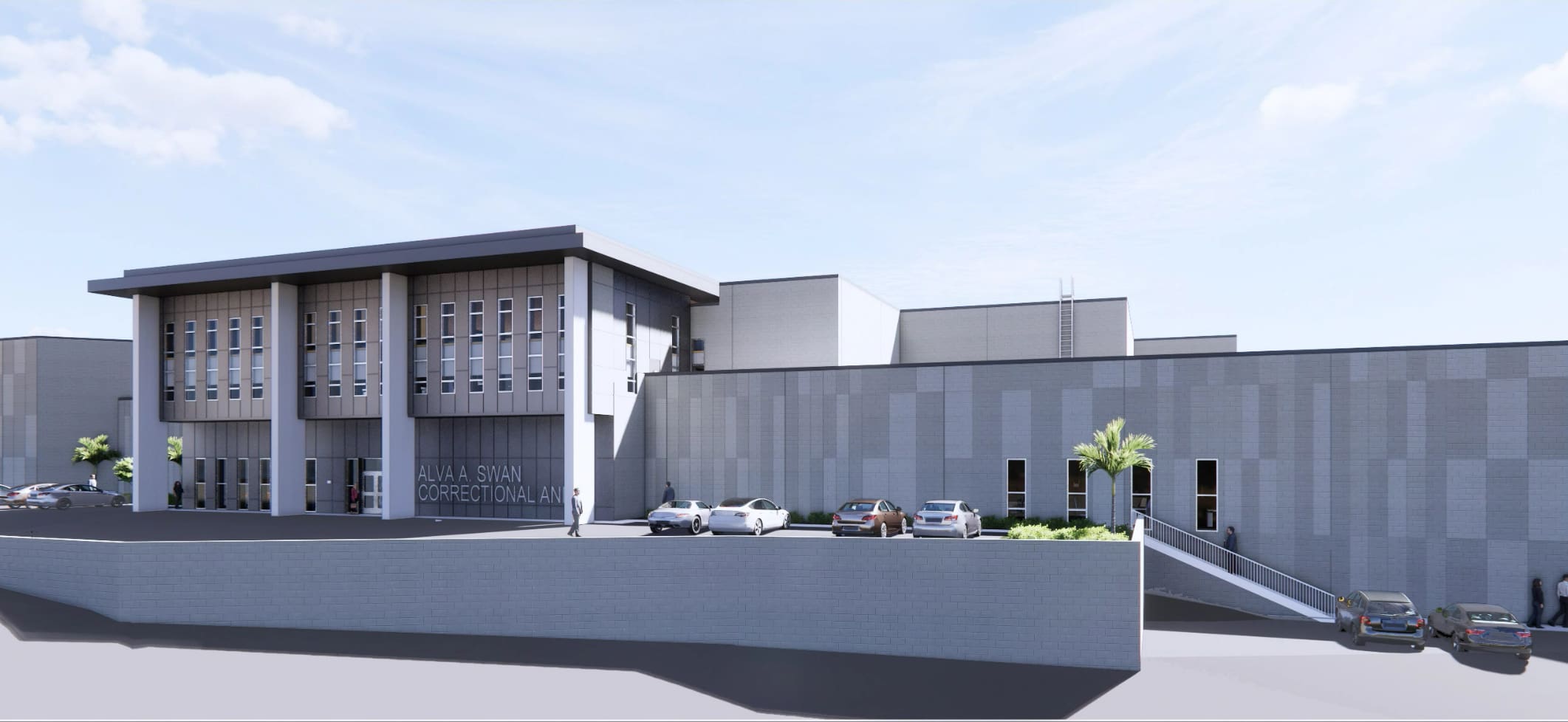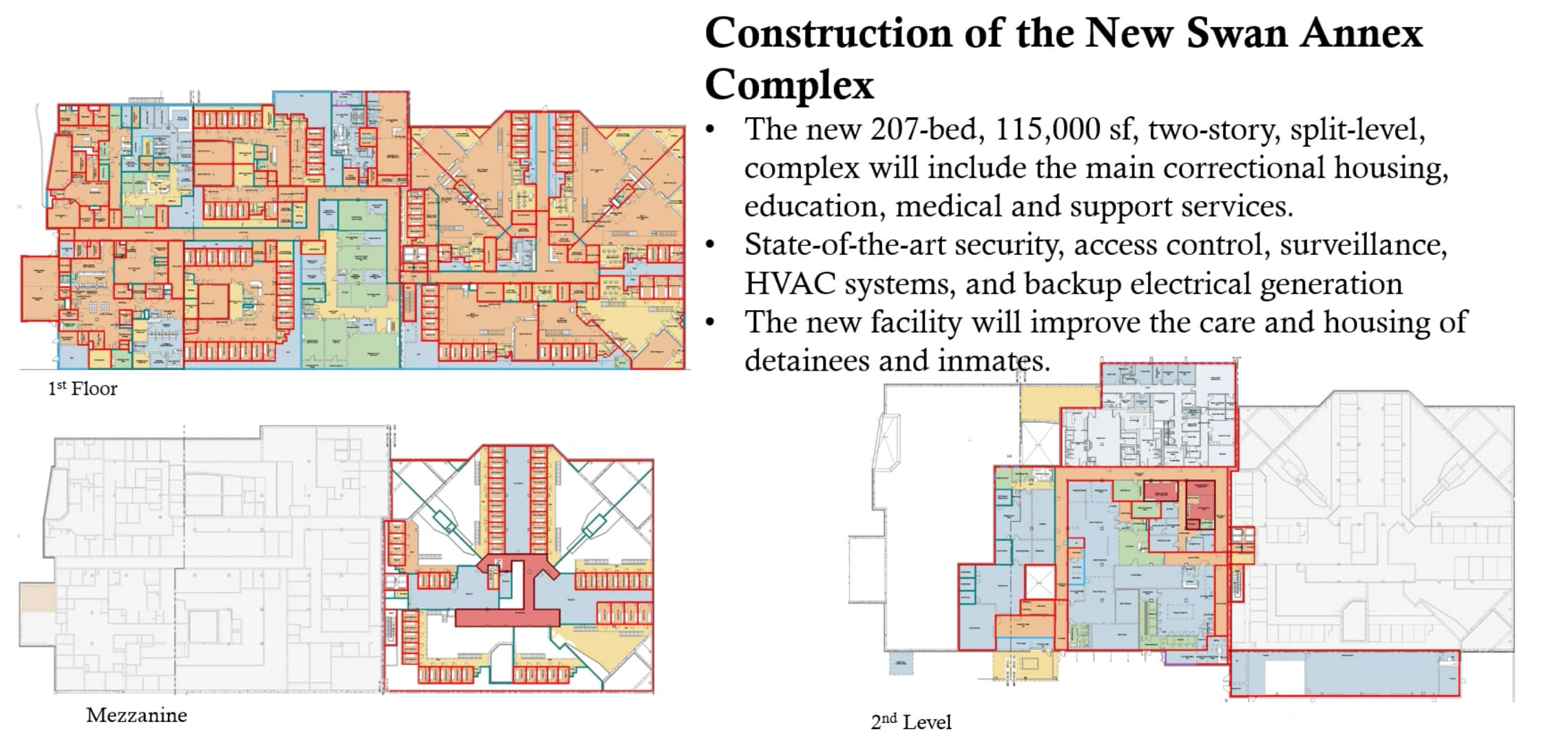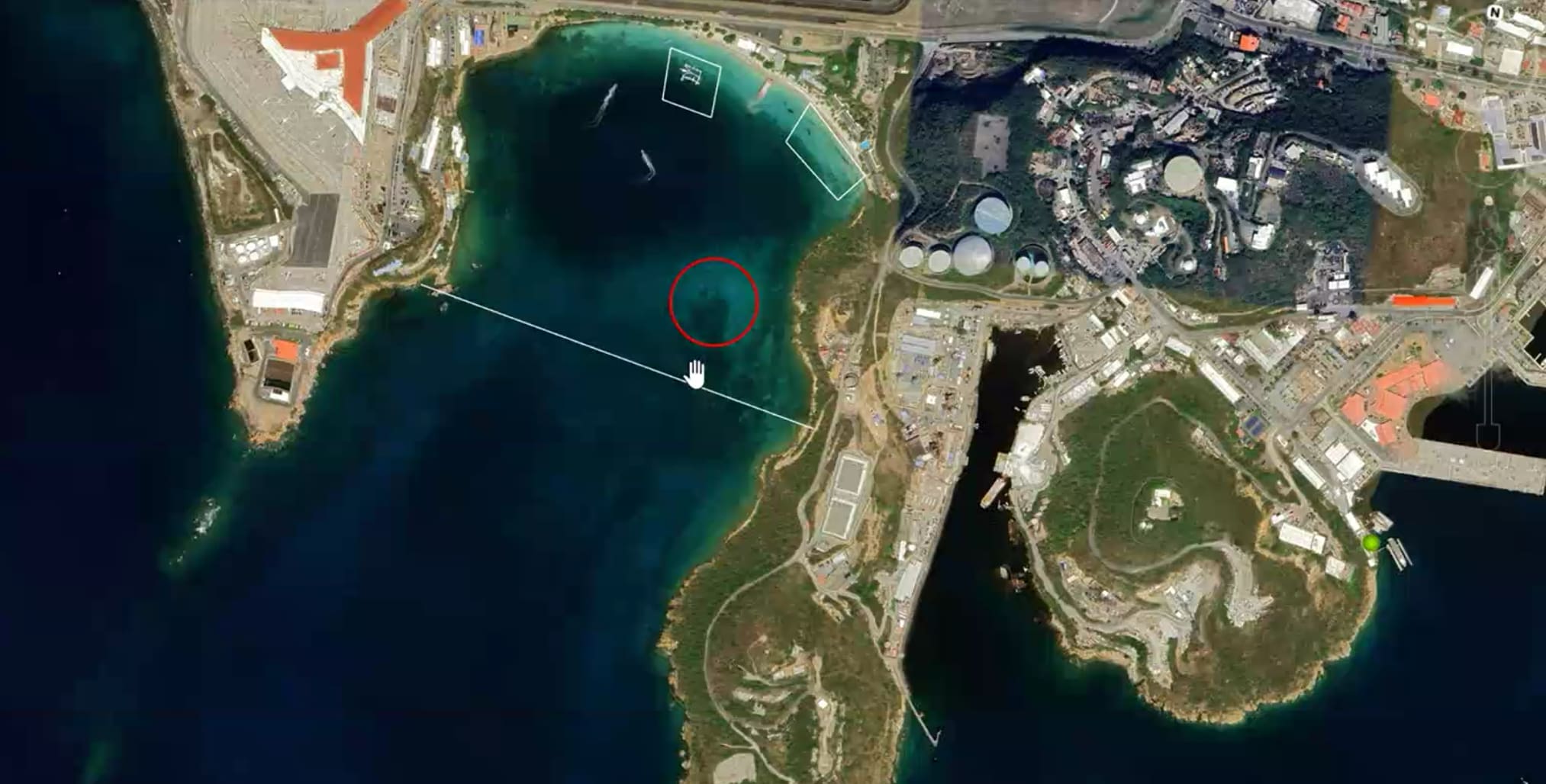
A plan to build a criminal detention facility in Sub Base hit a snag at the Coastal Zone Management hearing Tuesday.
No one at the meeting disputed the need for a new place to house prisoners on St. Thomas. The 91-bed Farrelly Criminal Justice Center was not built for the task and had been converted to a longer-term facility after the 2017 storms, Bureau of Corrections consultants said.
The proposed Swan Annex project would create a 115,00-square-foot, two-story complex on 2.5 acres that would house up to 207 inmates, offering state-of-the-art security, as well as education, medical, and other support services, said John Lester, a BOC consultant.
The site stretches across six lots, some strewn with abandoned automobiles, trash, and industrial waste. Lester said there was just one active tenant in the area that would be evicted.

That tenant, woodworker George Munzar, spoke up at the meeting, saying he was dismayed no one had called or knocked on his door to explain what was happening. Munzar said he and his family had sunk millions into repairing the building over 40 years, keeping a thriving small business going that employed a dozen or more people at any time.
“I am the owner of Caribe Craft who has been involved in many many local projects, including the interior of the Legislature,” Munzar said. “Nobody even knocked on the door and said, hey it’s going to be this maybe we can work something out.”
Munzar, a St. Thomas resident since 1978, said his Caribe-Craft Custom Millwork had been promised a 30-year lease in 2022.
“You build it, you maintain it, you improve it, and suddenly your client calls you and says oh by the way I’m bidding on tearing your building down and we’re going to take all your stuff and throw it in the garbage,” he said, apologizing for his intensity. “I’m not moving out of here in two months.”
Earlier in the meeting, CZM officials feared the project might create parking issues and worried the site was too compact, offering almost no green space on rugged terrain that varied 60 feet in elevation. They wondered if another site would work better.
Lester said a search for appropriate sights had taken place as far back as 2018 but yielded limited results.
“There is limited land available on St. Thomas and what land there is available is in close proximity to residential areas, businesses, and tourism areas,” he said. “BOC has an immediate need to use this facility.”
Later in the meeting, the owner of Coral Harbor’s Lime Out floating restaurant pitched an idea to build a similar eatery in Lindbergh Bay.

The 53-foot long, 20-foot wide restaurant would be moored in roughly 20 feet of water and takeout only, aside from a dozen floating “lily pads,” said Lime Out owner Richard Baranowski.
Baranowski promised social and environmental responsibility, saying his team trained to avert any safety or pollution issues, even removing loads of trash from hurricane-ravaged Coral Bay.
The Lindberg restaurant would cater primarily to yachters tying up at nearby mooring balls but also serve people from the shore via a shuttle run by Emerald Beach Club. Baranowski assured the boat would not be exclusive to Emerald guests.
No kayakers, paddleboarders or swimmers would be allowed to come from shore for safety reasons.
He said as many as 75 jobs would be indirectly created through the restaurant’s existence. The restaurants would have no wastewater discharge, with a single eight-gallon toilet tank emptied daily. It would also have a 300-gallon gray water tank emptied daily. Most food would be prepared in a shoreside prep kitchen, where most dishes would also be washed.
Restaurant hours would be from 11 a.m. to 4:45 p.m.





